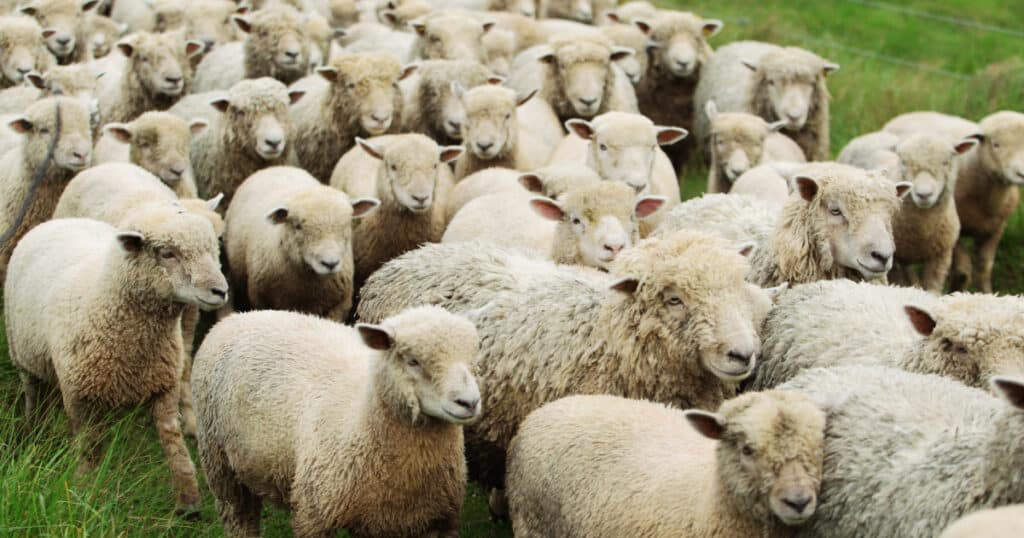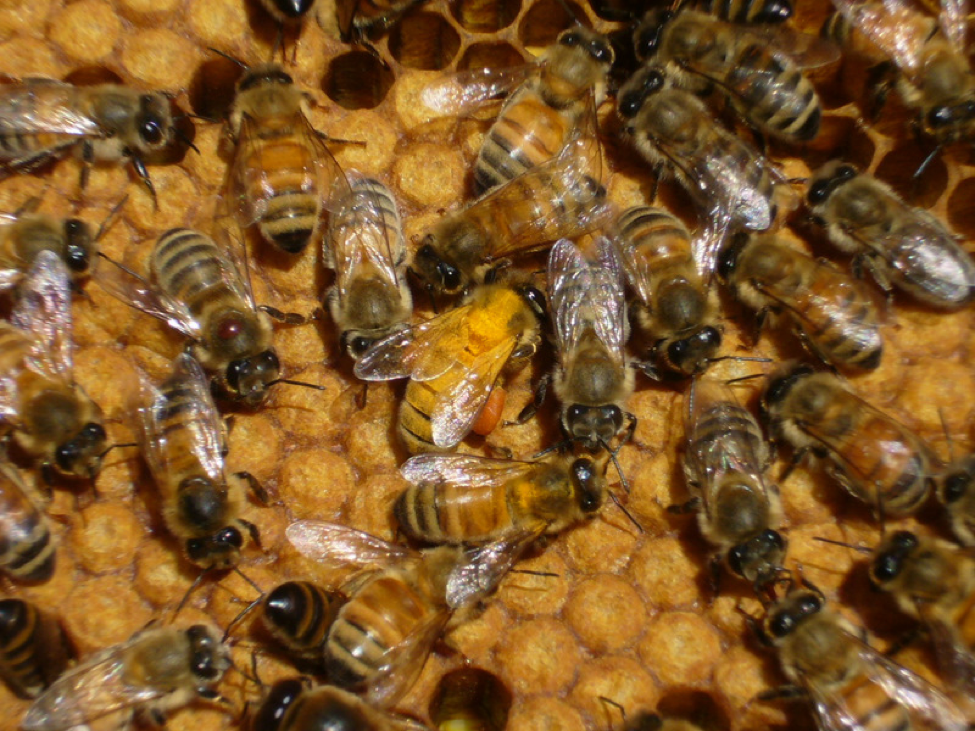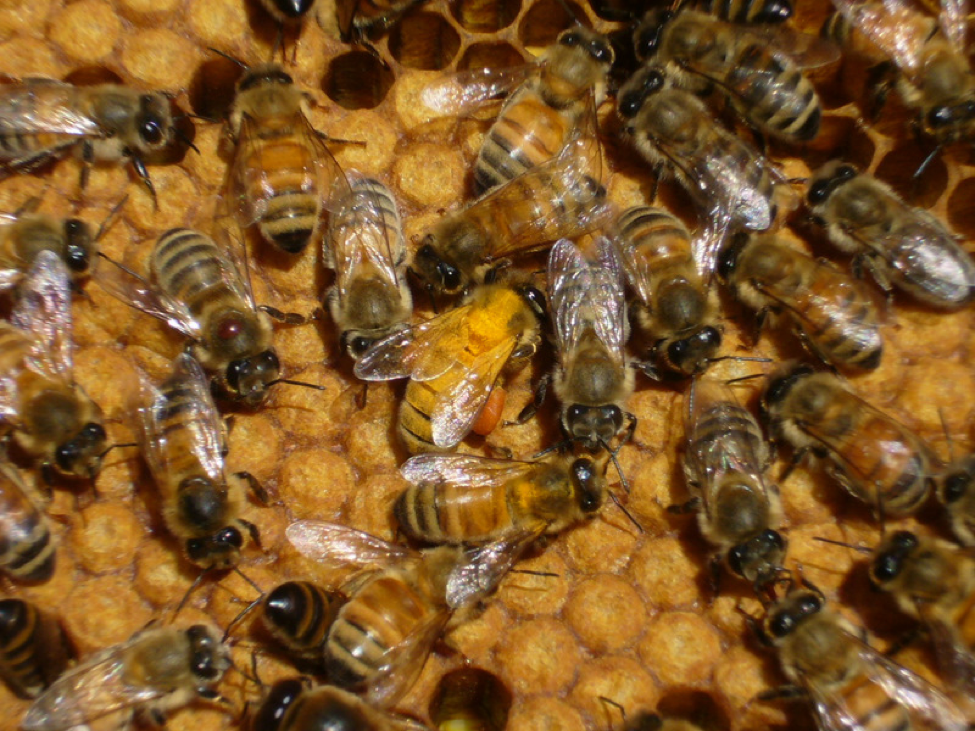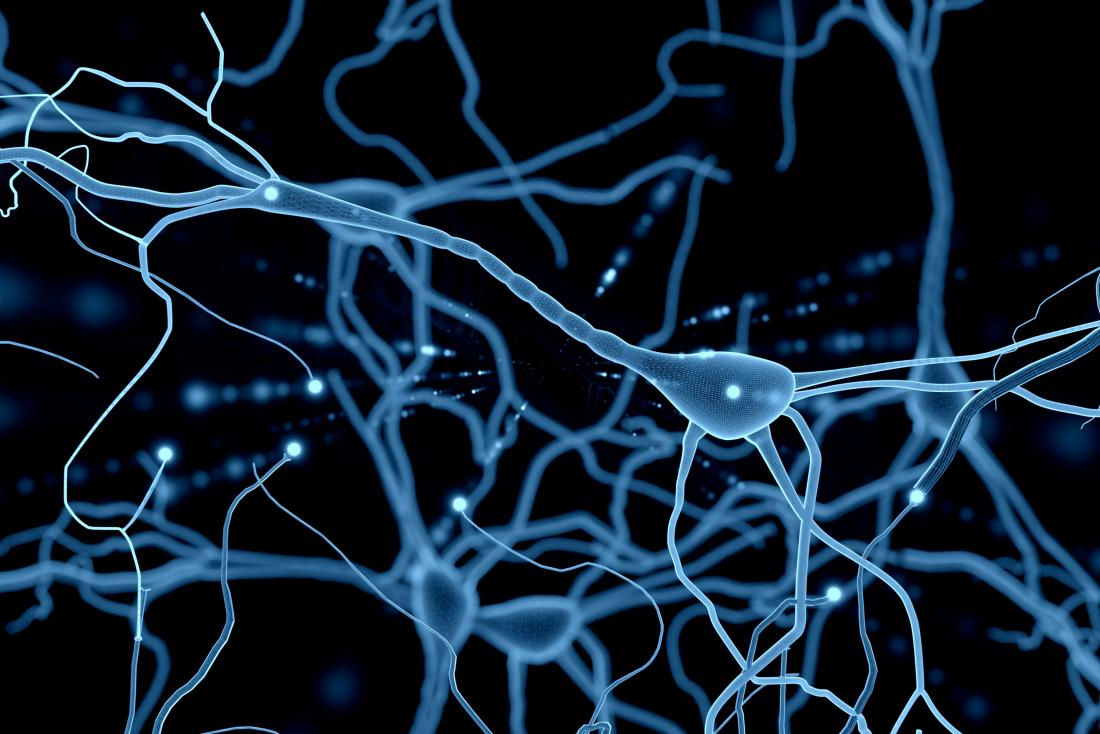Smart Decisions, Information Cascades, and “Being a Sheep”
Cooperating without bias by not being a sheep

Contents
- Cults and Herd Behavior
- Quality and Influence
- Emotional Currency
- Balancing Bias and Volatility
- Consume Information Without Being a Sheep
If freedom of speech is taken away, then dumb and silent we may be led, like sheep to the slaughter. — George Washington
A sheep is an uncritical conformist. It seems that being a sheep is an easy, almost natural, attitude to adopt in our current society. It could be because of the firehose of information we are forced to consume which could lead us to believe there is nothing left to learn, explore, or even wonder about. Maybe it is simply how we become when we have all of our essential needs met and don’t need help. Or maybe it could be that propaganda is generated by companies that seek to encourage being a sheep in order to maximize their influence.
There is nothing inherently wrong with being a sheep. However, we live in the most complex society in history where everything seemingly works, develops, and improves. Our currency, stock exchanges, social media interactions, and businesses are based on agreements that seem to naturally manifest on their own, even though most people have the tendency to be sheepish. But then how does everything work?
One possibility is that complex behavior emerges from a collection of simple behaviors. Bees and ants are examples of how collective intelligence can emerge in nature. These insects share information with each other and base decisions on that information which allows them to cooperate for the good of the whole colony. However, collective intelligence isn’t always perfect and has many potential pitfalls.
The fairly intelligent fly avoided places where there weren’t other flies because he knew that those places might have spider webs, where the spiders would immediately eat the trapped flies. However, one day, the fly saw many flies on a fly trap and got himself stuck.
Cults and Herd Behavior

In the End, we will remember not the words of our enemies, but the silence of our friends. — Martin Luther King Jr.
Joining a community that fosters positive thinking, self nourishment, loyalty, community, personal growth, freedom, and presents interesting challenges sounds pretty good, right? Well, these are also characteristics of a cult. A cult is the crystallization of a group or movement held to together by a commitment to a leader or ideology. Brands, sports teams, cryptocurrency, company culture, and even meme culture are some weakexamples. Subscribing to group isn’t a bad thing, but it is important to identify when these subscriptions fail to be mutually beneficial.
But why would we want to subscribe to these groups in the first place? Well, it is possible that we receive a dopamine rush from having many people agree on the same things. For example, it can be exciting to watch the latest popular-movieand then share the experience with friends. Or, it might be a nice feeling to own an NFT of Elon Musk’s first tweet, for bragging rights. Another possibility is that as our world becomes more and more complex, it becomes necessary for us to engage in herd behavior for the good of the colony. Is it even in our best interest to understand our truemotivations?
One characteristic that can make a cult a negative experience is if the cult has a tendency to greatly influence a person’s emotions in a way to potentially to extort, shame, or coerce its individuals for the benefit of the leader or ideology. Let’s take a look at a not-so-obvious coercion tactic.
Let’s say you have subscribed to a brand or ideology. The more that you search, online, to confirm your beliefs, the more likely it is that you will find supporting evidence. This might make you think you are getting a holistic viewpoint when, in fact, that might not be the case because you might be getting information that reinforces your beliefs instead. This could be how conspiracy theories manifest and grow.
Consider this template for how someone might post on social media or write an article:
State that your idea is true, then take an argumentative stance against it, only then to concede that the original idea was actually correct. This might cause someone to want to defend the original idea and disagree with your argument. But in taking a defensive stance, they have subconsciously agreed with the idea that you wanted to propagate.
You can see how searching online might make you think you are getting alternative viewpoints when, in fact, that might not be the case.
Gaslighting might be another strategy that may cause a false sense of uncertainty.It is an attempt to rile up someone’s emotions in order to make that person unhappy, and, if you fall for it, it might make you susceptible to being influenced against your will.
Quality and Influence
Everyone is virtuallyan influencer these days, but, as you virtually connect with more and more people, it can become more difficult to judge the quality of character of the individuals in your group, and, so, you are influenced by the “average” of the group, for better or for worse. However, if everyone is a sheep, it might be easier for toxic feedback loops to form. For example, it is not difficult to imagine a group of people that are selfish, and how this quality might foster more selfishness.
Dealing with a high frequency and large quantities of low quality sources of influence, usually short content, might encourage individuals to acclimate to consuming even more short-content by shortening their attention span, lower overall focus, and distort their overall view. However, it is virtually impossible to avoid low quality content these days, and it is important to be able to manage the stress that comes with wasting time or doom scrolling.
There are many activities that can be used to stimulate a calming response after an internet binge. It could be spending time alone, away from stressful stimulus. It could be laughing with friends. It could be praying to a kind God, it could be planning for a better future, etc. Furthermore, what you choose to believe is important can affect your mental status and adaptability. Are you looking outward towards material rewards, status, and praise? or looking inwards for competency, moral values, and maturity? The latter can lower your anxiety and improve your emotional intelligence.
Emotional Currency

The strategist makes small things into big things like building a great buddha from a one foot model. — Miyamoto Mushashi
It is important to understand how emotions can infectothers, and how it might be possible make a conscious effort to change the negative emotions of yourself or of those around you. Sustained desired change, in any group, can be complex. Some level of resonant leadership is needed to move information to the group’s individuals across different emotional levels. In group settings, it is important to have leaders who understand the micro & macro issues and their potential solutions. These leaders understand the technical and emotional challenges of the group which allows them to create a sustainable purpose or vision.
Small groups tend to make better decisions than individuals, but confident people who are often wrong can cause information cascades and can amplify erroneous thinking. It’s important to be careful around confident people and to be aware of egocentric bias. It is important to consider the quality of contributions when making decisions. High frequency, low quality contributions might steer the group to focus on issues that aren’t as important as other potential issues.
For effective collaboration, it is essential to create an environment where everyone can contribute without bias. It could be helpful to remind egocentric people that their opinions could in fact be biased which might help reduce the effects of their bias on the group. Another strategy might be to remind to the group that a certain amount creativity could be interesting or progressive.
Balancing Bias and Volatility

Creativity is allowing yourself to make mistakes. Art is knowing which ones to keep. — Scott Adams
Collective bias reduces the flexibility of a group’s thoughts and ideas. It reinforces fixed habits and routines, which actually could be protective for the group as a whole. However, if we can foster new ideas it might give us an opportunity to grow. It is not even necessary to act on every idea. But it might actually be necessary to experiment with new ways of thinking in order to grow. Of course it is also important to mitigate the potential negative repercussions of these new ideas on our thoughts and feelings.
Here is an idea: drinking coffee can be used to combat the effects of sleep deprivation, but it could also reduce the of quality sleep over the long term, if you do this often. You could forcefully sleep depriving yourself for one day, without coffee, and accept that you will be tired for that one day and fix your sleep schedule by getting you to bed early the next day. Having this kind of mental flexibility is important for finding new solutions to recurring problems.
The Chinese use two brush strokes to write the word ‘crisis.’ One brush stroke stands for danger; the other for opportunity. In a crisis, be aware of the danger — but recognize the opportunity. — John F. Kennedy
Why does collective bias occur? It could be a product of the assumptions that people make. It is impossible to live life without making assumptions, and sometimes we need to trust our instincts. Everyone relies on assumptions to make decisions and navigate their personal world. No one can use 100% of the information available to them when making a decision. However, it is likely that many of our assumptions will be at least partially wrong, and this is not necessarily a bad thing. Our assumptions can guide us in the right direction even if they are not completely accurate. As long as we are open to new information and willing to adjust our assumptions based on new evidence, we can continue to learn and grow throughout our lives.
Let’s take a look at this from a cognitive perspective. Too much brain activity is associated with an epileptic state while too little is associated with a comatose state. There exists a concept of criticality in the brain, which is a state of the brain near a point of “phase transition.” The critical point is a unique intermediate state where the boundaries between two different phases are blurred, and new properties, such as consciousness, emerge.
The critical point is the intermediate stage of phase transition, and the brain operates near a critical point because it allows for flexible and efficient information processing.
If there is some connection between our brains works and how we live our daily lives, it would seem that collective bias can produce inflexible thinking, inefficient cooperation, and affect people’s emotions negatively. By mitigating bias and balancing the volatility in our thoughts, habits, and information sources, we could have a positive influence on how we see lifeand potentially enhance our consciousness.
Consume Information Without Being a Sheep

We live in a complex world where we are bombarded with a constant stream of information. Having good information hygiene, where you are careful to consume quality sources of information, can improve your attention span, focus, and maintain healthy views and beliefs. Try to manifest positivity. Emotions and positivity are infectious. It takes sustained desired change and leadership to manifest positivity in your group. Join people who can see the big picture and who can create a sustainable vision of growth.
Avoid negative feedback loops. It is easy to feel trapped in fixed habits, routines, and patterns of thought in toxic groups. It is important to be able to recognize toxic, or un-beneficial, feedback loops and figure out a way to grow out of them. It is important to stay flexible. Negatives experiences can provide us with a opportunity to either use the volatility to our advantage or to make changes to our character.
Learn to adjust your assumptions. We all make assumptions, but don’t assume you are automatically wrong just for making an assumption. Partially wrong assumptions can still point us in the right direction. Find out whether your assumptions are correct or whether modifications need to be made.
